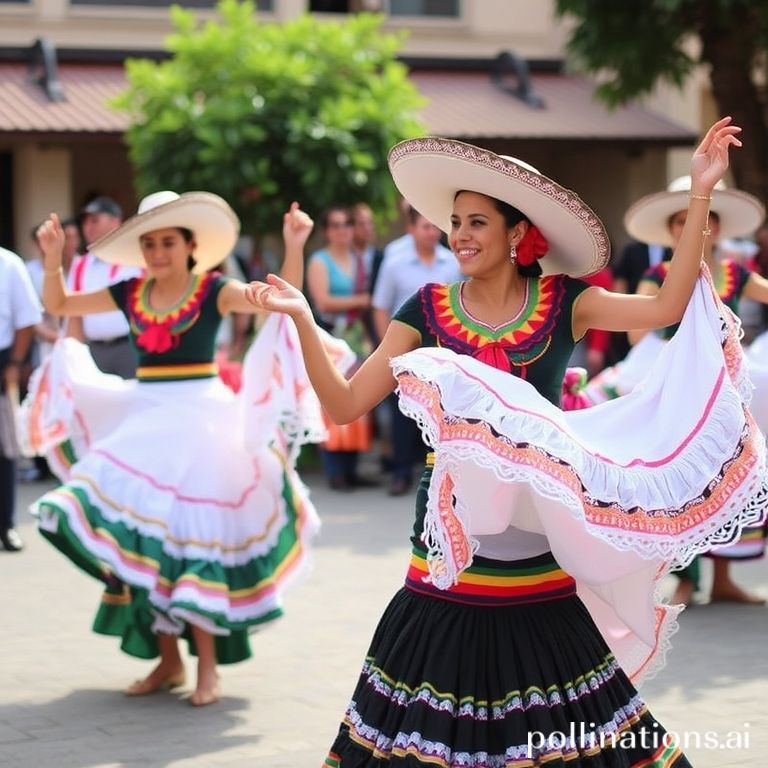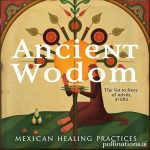Mexico, a land brimming with vibrant culture, boasts a rich tapestry of traditions passed down through generations. Among its most captivating expressions are its traditional dances, each telling a story of history, spirituality, and community. These dances are not just performances; they are living embodiments of Mexico’s soul, showcasing the diverse influences that have shaped the nation. From the energetic footwork to the colorful costumes, experiencing these dances is a journey into the heart of Mexican heritage.
Whether you’re a seasoned traveler or planning your first trip to Mexico, witnessing these spectacular displays of artistry is an absolute must. Get ready to be mesmerized by the rhythm, the passion, and the sheer beauty of traditional Mexican dances. Let’s explore some of the most iconic and unforgettable dances you should definitely add to your itinerary.
The Majestic Dance of the Quetzals
Originating from the Sierra Norte de Puebla and Veracruz, the Dance of the Quetzals is a breathtaking spectacle deeply rooted in indigenous beliefs. This ancient ritual is performed by men adorned in elaborate headdresses decorated with vibrant quetzal feathers, symbolizing the sacred bird and its connection to the heavens. The dancers move with grace and precision, their movements mimicking the flight of the quetzal, while rhythmic music from flutes and drums fills the air. The dance is a prayer for fertility, abundance, and the continuation of life.
Significance and Symbolism
- The Quetzal feathers represent freedom, divinity, and the connection between the earth and the sky.
- The circular movements of the dance symbolize the cyclical nature of life and the universe.
- The music evokes the sounds of the rainforest and the spiritual realm.
Jarabe Tapatío: Mexico’s National Dance
Known internationally as the “Mexican Hat Dance,” the Jarabe Tapatío is perhaps the most recognizable symbol of Mexican folk dance. Originating from Guadalajara, Jalisco, this spirited dance celebrates courtship and love. A couple, traditionally dressed in charro and china poblana attire, perform a playful and flirtatious routine around a sombrero placed on the ground. The dance culminates in a symbolic kiss behind the hat, representing the union of two hearts. The Jarabe Tapatío is a joyful and patriotic expression of Mexican identity.
A Dance of Love and Patriotism
- The charro suit represents the Mexican cowboy, embodying strength and chivalry.
- The china poblana dress, with its vibrant colors and intricate embroidery, symbolizes Mexican femininity and grace.
- The sombrero acts as a focal point, representing Mexican culture and tradition.
Los Voladores de Papantla: The Flying Men
A truly awe-inspiring spectacle, Los Voladores de Papantla is a pre-Hispanic ritual still performed in Veracruz and other parts of Mexico. Five men, dressed in traditional attire, climb a towering pole. Four of them, representing the four cardinal directions, launch themselves into the air, suspended by ropes. As they descend, they circle the pole thirteen times each, totaling fifty-two, representing the years of the Mesoamerican calendar cycle. The fifth man remains atop the pole, playing a flute and drum, guiding the “flying men” in their spiritual journey. This dance is a prayer for rain, a celebration of life, and a testament to the ingenuity and courage of the Totonac people.
A Ritual of Life and Renewal
- The towering pole symbolizes the connection between the earth and the heavens.
- The thirteen rotations represent the thirteen months of the Mesoamerican calendar.
- The music invokes the spirits of nature and the ancestors.
La Danza de los Viejitos: The Dance of the Little Old Men
Hailing from Michoacán, La Danza de los Viejitos is a humorous and satirical dance performed by men dressed as elderly figures. Donning wrinkled masks, canes, and colorful serapes, the “old men” initially shuffle and hobble slowly, feigning frailty. However, as the music intensifies, they suddenly burst into energetic and surprisingly agile movements, showcasing their youthful spirit and defying expectations. This dance is a lighthearted commentary on aging and a celebration of the resilience of the human spirit.
Humor and Resilience
- The masks exaggerate the features of old age, creating a comical effect.
- The canes serve as both props and symbols of wisdom and experience.
- The sudden bursts of energy represent the enduring vitality of the human spirit.
Conclusion
Traditional Mexican dances are more than just entertainment; they are vibrant expressions of a nation’s history, culture, and soul. From the soaring heights of the Voladores de Papantla to the flirtatious steps of the Jarabe Tapatío, each dance offers a unique glimpse into the diverse and captivating world of Mexican tradition. By witnessing these spectacular performances, you gain a deeper appreciation for the rich heritage that continues to thrive in Mexico today. So, on your next visit, be sure to seek out these cultural treasures and immerse yourself in the magic of traditional Mexican dance.
If you enjoyed this article, don’t forget to explore more inspiring stories on Life in Mexico!
IMAGE: A vibrant photograph capturing a group of performers in traditional Mexican dance costumes. The scene is filled with energy and movement, showcasing the colorful outfits and expressive faces of the dancers. The background could be a historical plaza or a stage setting. The lighting is bright and celebratory, emphasizing the cultural richness of the scene. Focus on capturing the intricate details of the costumes and the passion of the dancers. Style: Folkloric, vibrant, and celebratory.


